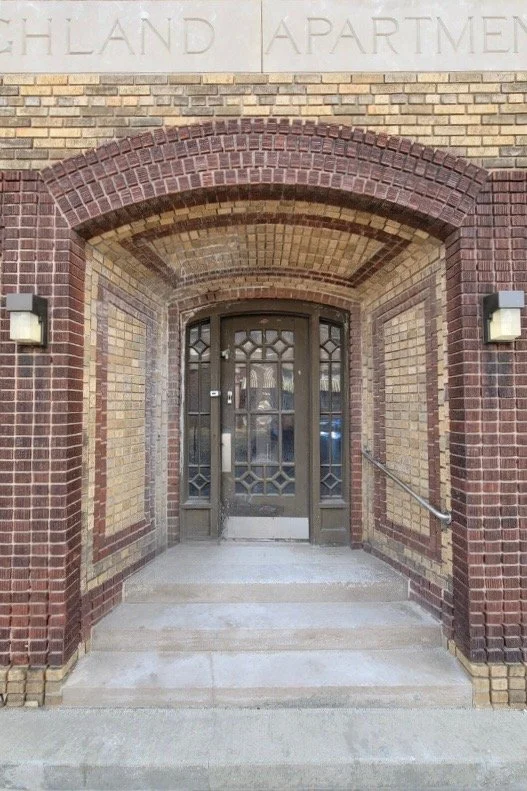Des Moines Needs to Prioritize Preservation
Historic preservation plays an important part in our environment, communities and economies. Many cities around the world are implementing ways to save, reuse and repurpose old buildings instead of demolishing and rebuilding. Des Moines has Sustainability Goals that include “sustainable housing development that utilizes existing resources” and “fostering a sustainable community” (Des Moines Sustainability Program Housing Goal 3 and Economic Development Goal 4) however we have yet to incorporate historic preservation best practices to support those goals.
Why Historic Preservation is Important:
1. Historic Preservation is Great for the Economy.
In a study of the Iowa State Historic Tax Credit program, researchers found for every dollar invested in preservation, the return on investment (ROI) was projected at 5.04 to 1 through the first three years, increases to 19.68:1 by year 10, based on direct economic output alone. Once preserved, historic buildings are small business incubators and their beauty contributes to local tourism and shopping interest.
Historic preservation is also great for workers, creating local work with good wages. PCU’s mentor and advisor, Des Moines native Bob Yapp, Historic Preservation expert and owner of Belvedere School for Hands-On Preservation has tracked over 100 Historic Preservation projects over 45 years:
· Labor averages 72.3% of total project budget, compared to 40% of new construction. Historic Preservation is a force for job creation in skilled, good paying jobs, with a higher percentage of project costs staying in the community with workers instead of dollars leaving the community to materials purchased for new construction.
· His average cost to completely rehab the most endangered buildings averages $98 per square foot. Even inexperienced developers can rehab a mixed use building like Highland Apartments for $200 per square foot, enabling the creation of affordable housing and commercial space.
2. Preservation is good for the environment.
According to US Department of Transportation, nearly a quarter of our landfill waste is construction and debris, and the World Economic Forum cites construction as responsible for 38% of global carbon emissions. Half of that carbon is embodied in the building, i.e. created in the manufacture of materials and construction. Preservation eliminates landfill load and the creation of new carbon taking an old building to the landfill or salvage yard and trucking in new materials. In the World Business Council for Sustainable Development (WBCSD) Publication "Net-zero buildings: Where do we stand?” Repurposing and refurbishing buildings was identified as the highest level carbon reducing impact driver.
World Business Council for Sustainable Development (WBCSD) Publication "Net-zero buildings: Where do we stand?” Figure 9 showing refurnish buildings as our biggest carbon reduction opportunity.
3. Historic Commercial Space Performs a Unique Role in Community Building
In 1961, urban activist Jane Jacobs stunned city planners with her book The Death and Life of Great American Cities. Her book details economic advantages small businesses experience when housed within older buildings.
Jacobs explains that new buildings make sense for major chain stores, while other businesses –-bookstores, restaurants, antique stores, neighborhood pubs, and start-ups―thrive in old, charming buildings. The direct economic impact of historic preservation is multiplied as they house new and unique businesses that serve the community.
4. Historic Buildings are irreplaceable in materials and placemaking
“They don’t make them like they used to” is in part because they cannot. The quality of materials that were available 100+ years ago are either not available or too expensive to purchase today. Old growth wood is stronger, rot resistant, and burns slower in a fire. Old buildings have a beauty and charm, but their proven resilience is not something we expect from new construction. These structures have stood the test of time and have stories to tell about the people who spent their lives within. A restored hundred-year-old building will go on to serve the community for another hundred or more years, while simultaneously reflecting stories and wisdom from our collective history.
Photo from the Des Moines Register, April 9, 1916 showing the Highland Apartments
There is No Time Like the Present: the Case for Restoring Highland Apartments
We believe Des Moines needs a defined development plan backed up by policy to prioritize historic preservation as a potential contributor to our economic, place-making, and carbon-zero goals and we should absolutely call on our Mayoral candidates to tell us how they would implement a mothballing protocol but we should not have to wait when the perfect example case exists at 3524 6th Avenue.
InvestDSM purchased this building with City of Des Moines and Polk County funding for $440,000.00. The estimated cost to demolish the building is $300,000.00 to $500,000.00. If the building is demolished, every single cent of this... a million dollars of taxpayer money quite literally dumped in the landfill.
Photo of present day entrance to Highland Apartments. Photo Credit Tanya Keith
A local preservation professional estimated that just this one building will result in 700 tons of material deposited in the landfill. These materials, beautiful brick, wood, tile, and plaster, are carbon neutral if they remain in place and likely have centuries of useful life remaining.
Image of Highland Apartments in its original grandeur in Des Moines Iowa Sunday Morning paper October 31, 1915
InvestDSM has the Opportunity to Work with State Historic Preservation Office (SHPO) Which Will Benefit Our Community
Highland Apartments is a historic building that contributes to a National Historic District. People have mentioned InvestDSM’s reluctance to work with SHPO, which means they are passing up on refundable tax credits on many eligible projects. However in this case, the loss is even greater if they refuse to facilitate rehabilitation.
Demolition of a key building in a National Register Historic District such as the Highland Apartments, increases the likelihood of the district being decertified, making other buildings in the district ineligible for both state and federal historic tax credits
o Decertification of the district would mean a loss of up to $3,000,000 in direct subsidy coming into this neighborhood and making redevelopment of the entire district more difficult.
o Historic districts depend on integrity of the context for their value. Demolition of significant contributing structures devalues every other building in the historic district.
o New construction does not add value to a historic district.
Not every building is "savable"... but this one absolutely is.
Using InvestDSM's actual development calculations, more public subsidy will be required to construct a new building on the same site than to rehab the existing building. Not only is this a poor use of public funds, but it actively works against the City's stated goals.
We have put together a group of historic preservation activists, contractors, developers, and enthusiasts to create a plan to save the Highland Apartments. We have over $200,000.00 in funds committed to the preservation of the building, and a clear path to a rehab plan, but Invest DSM refuses to even consider our proposal. We need the City of Des Moines to refuse their request for demolition and require them to make every reasonable effort to save this important building.
Here’s How You Can Help Save the Highland Apartments Building:
Complete our survey petition which we will present to City Council on May 8th.
Contact Des Moines City Council before May 8th and request they do not issue a demolition permit. Request they require InvestDSM to issue an RFP to seek Historic Preservation of the Highland Apartments Building. BONUS POINTS: Encourage them to develop a mothballing program for all City of Des Moines historic buildings.
Contact Invest DSM and encourage them to save Highland Apartments and to include historic preservation in their mission to provide “holistic and innovative solutions that strengthen neighborhoods. We do this through strategic investments in real estate and partnerships to improve quality of life.”
Share this with a friend!





